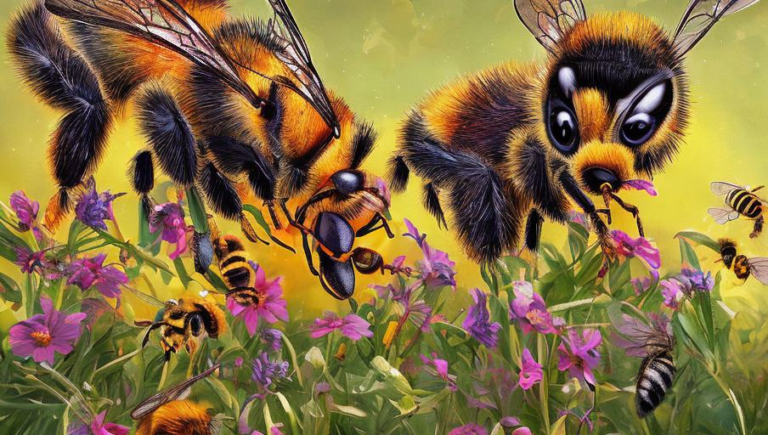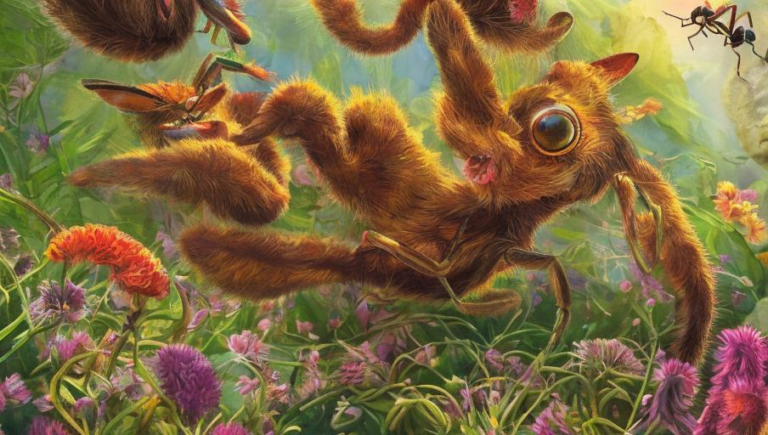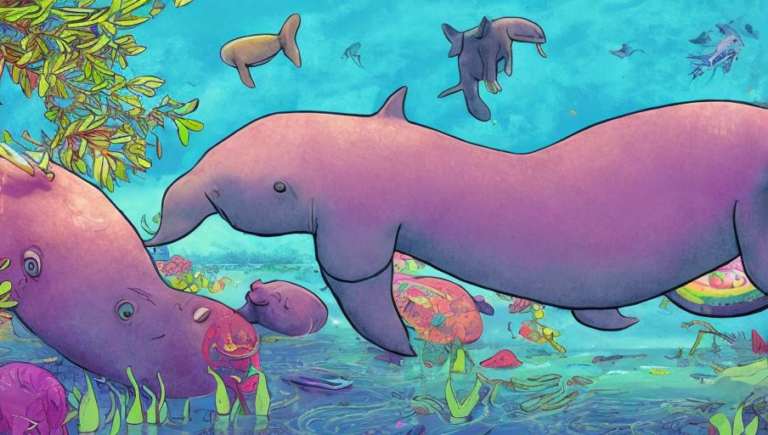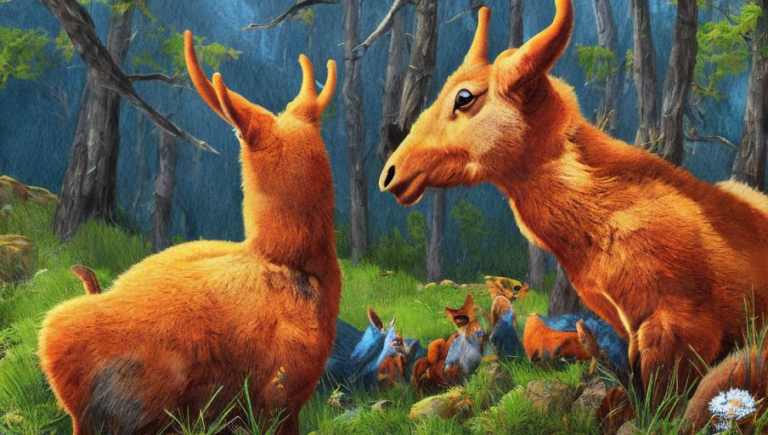Lifecycle of Dogfish: A Comprehensive Guide to Their Life Cycle
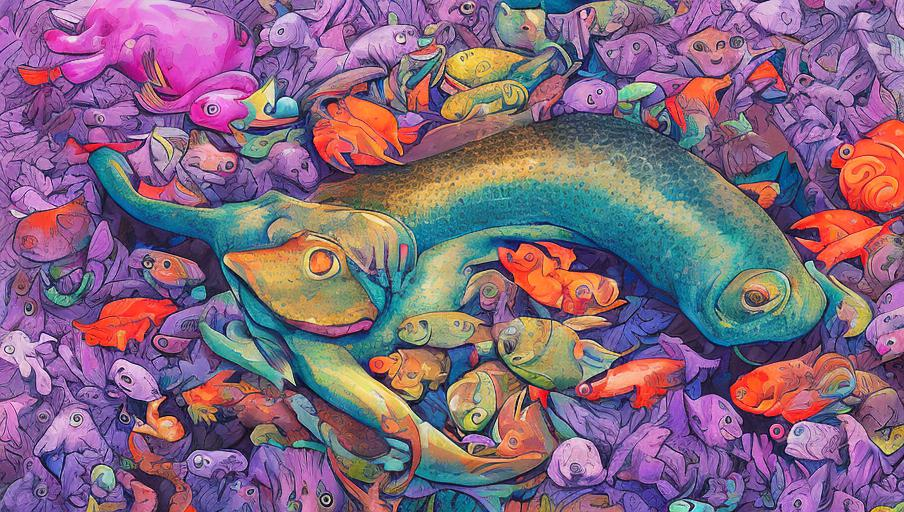
Introduction
Dogfish are a species of small sharks found in the Atlantic and Pacific Oceans. They are an important part of the food chain, providing food for larger predators and helping to keep the ecosystem healthy. Dogfish have a unique lifecycle that can be divided into three main stages: egg, juvenile, and adult. In this article, we will explore each stage and the adaptations that help dogfish survive in their environment.
Egg Stage
The egg stage of a dogfish’s life begins when the female lays her eggs. She will lay them in a safe, sandy area and the eggs will remain there until the embryos have developed enough to be hatched. The eggs are protected by a tough, leathery shell that keeps them from drying out and protects them from predators.
Juvenile Stage
Once the eggs have hatched, the juvenile stage begins. During this stage, the shark larvae will feed on plankton and small crustaceans. Their diet also includes small fish and squid. As they grow, their diet will change and they will become more predatory. Juvenile dogfish are also able to move into deeper waters, where there is more food and fewer predators.
Adult Stage
When the dogfish reach adulthood, they will migrate to deeper waters where they can feed and reproduce. During this stage, they become more predatory and will hunt for larger prey such as fish, squid, and octopus. They are also able to move into deeper waters, where they are better protected from predators.
Adaptations
Dogfish have a number of adaptations that help them survive in their environment. They have a streamlined body shape that helps them move through the water quickly and efficiently. They also have sharp teeth that help them catch and hold onto their prey. Dogfish also have a tough skin that is covered in small, sharp scales called denticles. These denticles help to protect the dogfish from predators and protect them from damage caused by rocks and coral.
Conclusion
Dogfish have a unique lifecycle that is divided into three stages: egg, juvenile, and adult. During each stage, they have different adaptations and behaviors that help them survive in their environment. They have a streamlined body shape, sharp teeth, and a tough skin that is covered in small, sharp scales. Knowing more about the lifecycle of dogfish can help us better understand and appreciate the importance of their role in the food chain.
